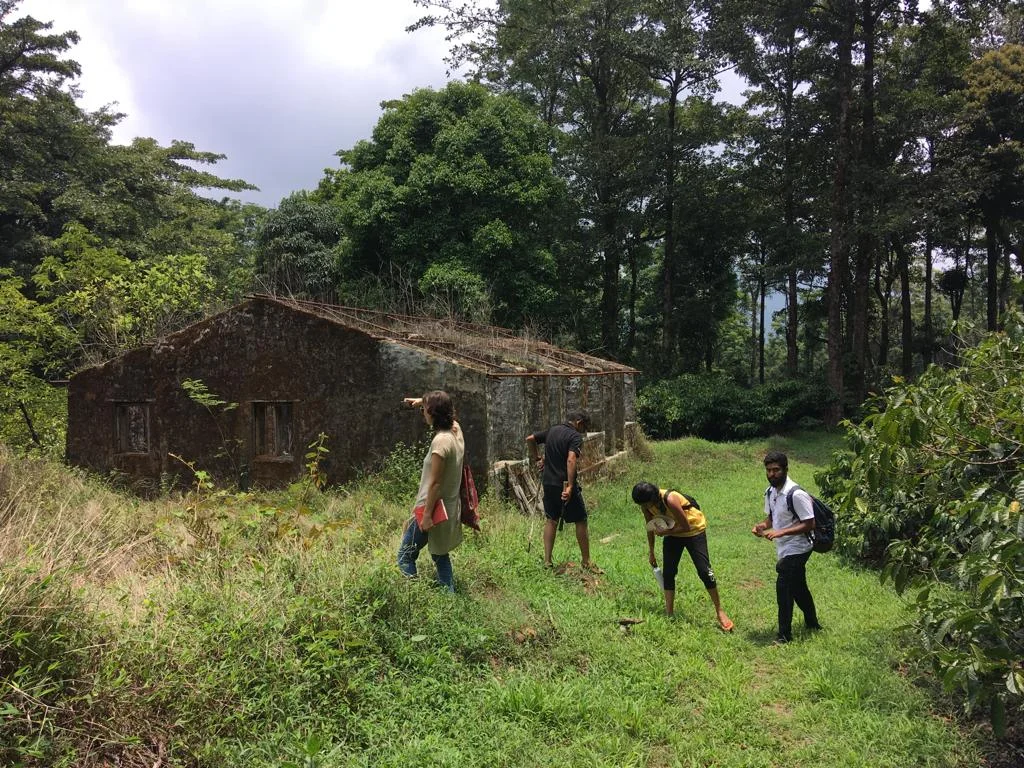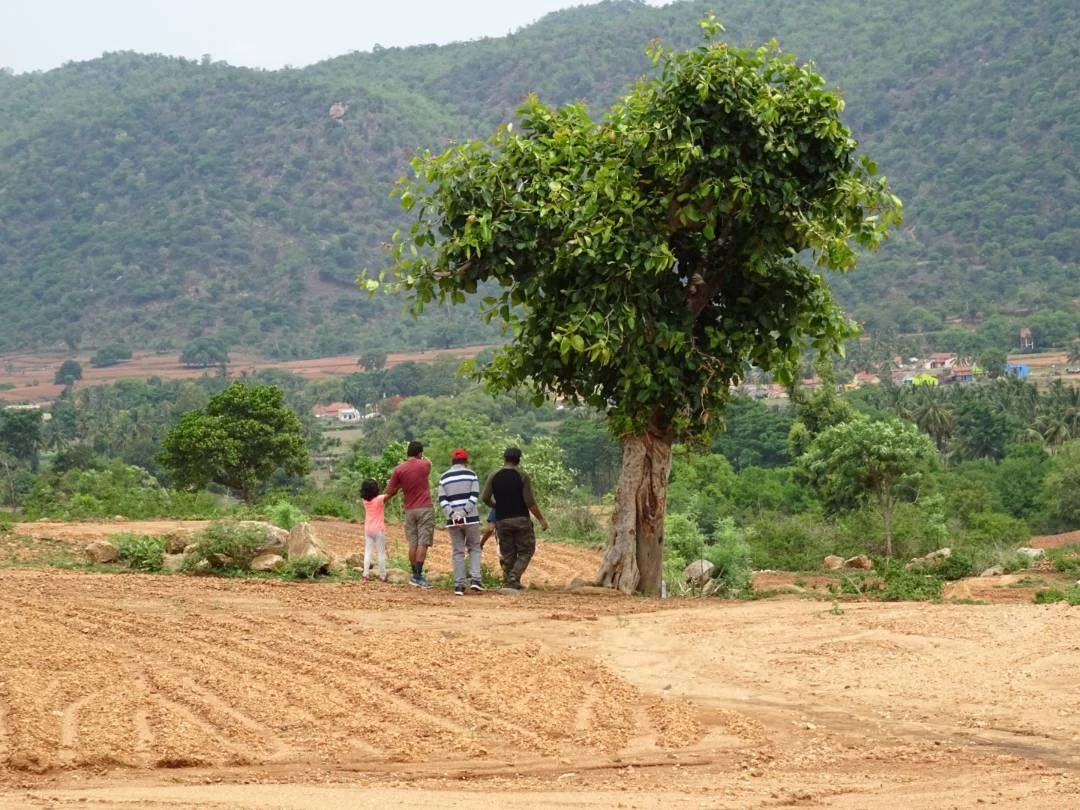Before You Buy A Piece Of Land
Ananas at Poomale
Members of TVC inspecting their land
There are several aspects to buying land. Here are some quick tips, guidelines or questions that could help you structure your thoughts before you take the plunge. Note, that these factors are purely from an observational standpoint that anyone can assess. We have largely classified the article into 2 categories - Purpose and Mainframe Structures
Purpose
Buying land could be one of the most expensive investments in ones life. So, it might help in thinking on a larger perspective and ask oneself the following:
1. Why are you buying the land?
2. Who is going to live there?
3. What are the expected functions of the land:
Social
Ecological
Lifestyle
4. What are the changes that you are trying to make?
5. What’s the history of the land? Why is it being sold? Is there a possibility of future dispute?
Consider Fair Share when planning on how much land to buy and where, what kind of relationship will you have with the surrounding community? How would your project impact the existing social structures and land use patterns?
Mainframe Structures
Following are the most elemental factors that can make or break the deal. Once you have the time to visit the land, observe the features of the land through the lens of these mainframe structures. These are can be used for any context and/or geography.
1. Terrain:
Type of soil: Understand your soil using simple field tests. To understand more about soil basics go here. If you're looking to build a home using soil from your land understand the clay content and ensure it's the right soil for building. The same goes for ponds and other earthworks.
Slope of the land: Generally, a slope range between 5% to 45% opens up a chance and choice to use the landscape creatively and harvest more energy. Flatter lands tend to be more expensive anyway, so look out for something with undulations - which tend to create smaller microclimates that you can take advantage of.
2. Water:
Check if the land has the potential for a highland water storage over lowland water storage. Assess the structures that exist to make water stop, spread, and sink. Open wells are preferred over bore-wells as they can easily be recharged and the groundwater status is transparent.
Understand your water catchment - What is up-slope from the land? Is there a hill you can harvest water from? Are there likely to be changes made to that catchment in the future? Is chemical farming happening up slope from you - bringing with it chemical runoff? Having a large, reliable water catchment up slope can double the amount of storm water you can catch and infiltrate into your site.
3. Aspect and Orientation:
Aspect is the direction a slope faces and orientation is the positioning of the land in relation to the sun’s path as well as prevailing wind patterns. When you visit the land, orient yourself - what is happening in the north, south, east and west? Where will the sun rise and set from? Are you exposed to the south western winds? These are good things to understand from the beginning.
Here in the northern hemisphere the north side of slopes are generally shaded, with the south side receiving more sun. This can impact for example, what plants you can grow, how much power you can expect to get from solar panels and so on.
Click here to understand more about how to read a landscape.
4. Access:
A quick hassle free access to the main road or to the nearest settlement is preferred. It should also be seen that the land isn’t too close to highways or big industrial establishments as these lands are usually susceptible to encroachments.
Also, is there a chance someone will be cutting through your land for access to theirs in the future?
5. Fence:
An existing fence is a bonus to the buyer as building a fence can be an expensive affair. A fence would also mean a potential resistance to breaches from grazing animals and theft. Keep in mind, however, that any fixed fence should be planted with a living fence as early as possible (take a look at our post on Support Planting for more information on living fences).
6. Regulations:
Understand all local governmental regulations prior to the purchase. Know your local government and governance.
7. Neighbours and Community:
Who lives around you? How do they live?
It helps to live in the area for a season or two to get a feel for the place and it’s people before deciding to buy. This also gives you a sense of the climate and how people there adapt to local conditions. These learnings will be invaluable when time comes to design your home or set up your farm.
Proximity to other similarly minded people - to share tools, resources etc - can be a big advantage.
On the whole a sense of security prevails when you have a good understanding with your neighbour.
8. Wilderness:
Proximity to uncultivated and undeveloped lands can speed up the regeneration of your site. Birds and winds bring seeds, pollinators appear more rapidly, and overall biodiversity will be encouraged on your land. Food forests and your own wild patches can be linked to these areas to create wildlife corridors. Untouched lands are also important teachers, places to observe and learn from nature. More precaution will have to be taken to protect crops from wildlife, but it's a risk worth considering.
Multiple visits to understand the above factors can help one to make decisions about pricing too. But most importantly note that with the current global conditions 30% of one's land should go into forest land, 30% for water, 30% for growing food and 10% for built environs.
Have we missed anything? Do you have an experience with buying land you'd like to share? Let us know in the comments.


